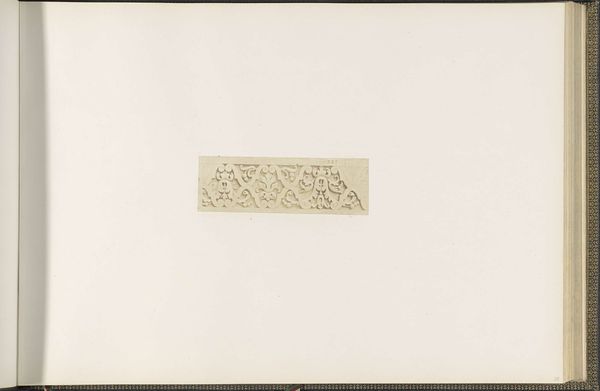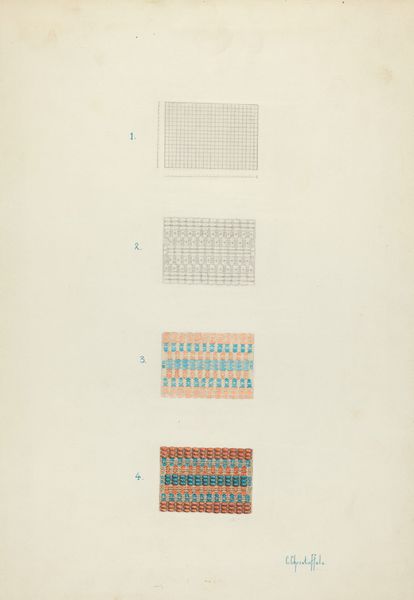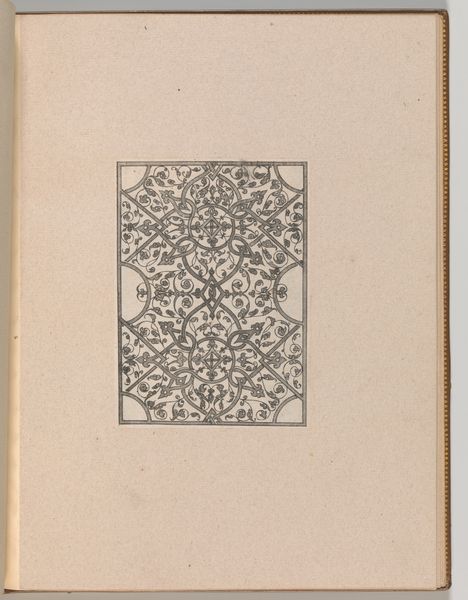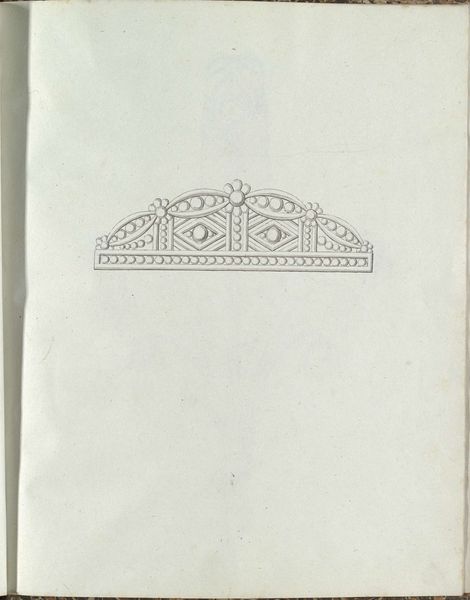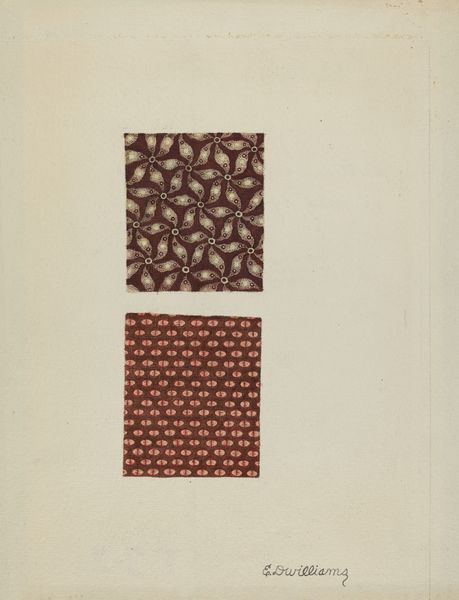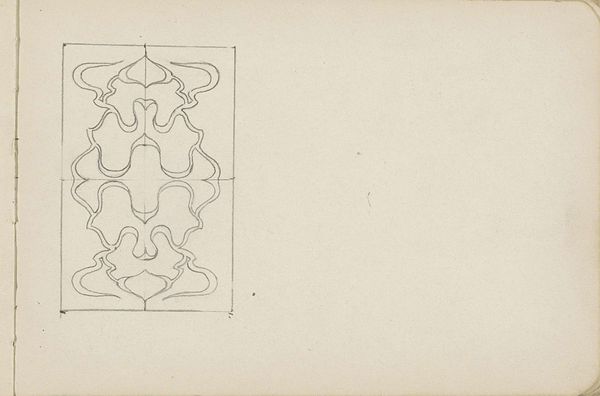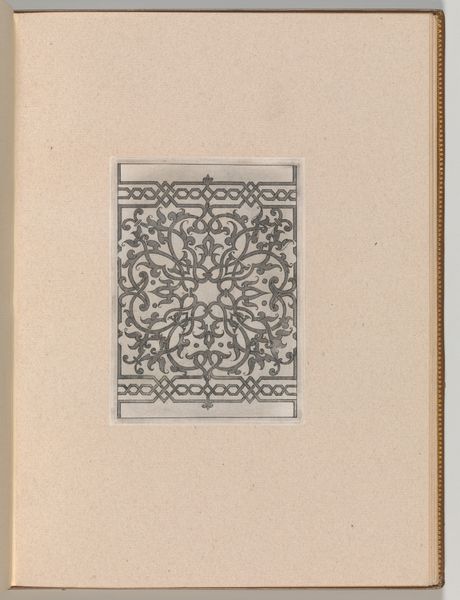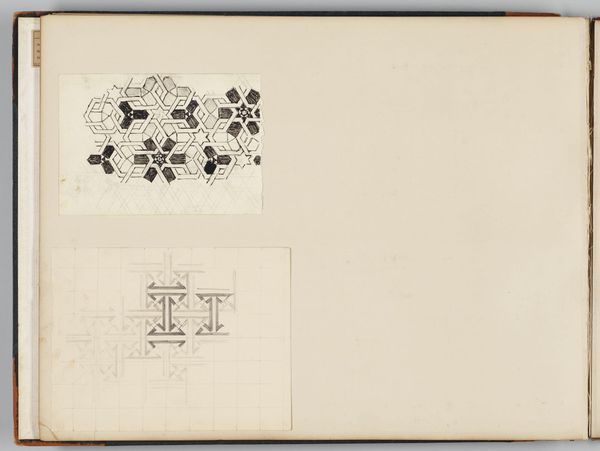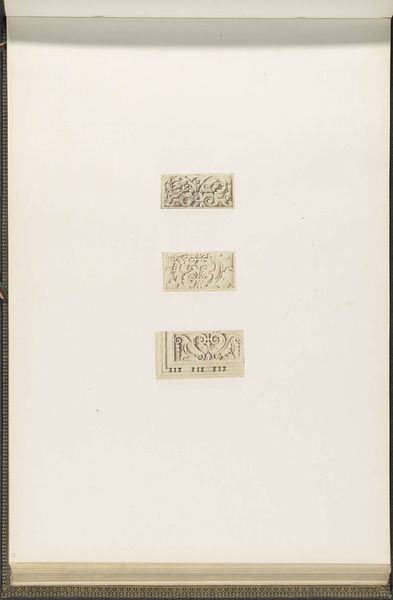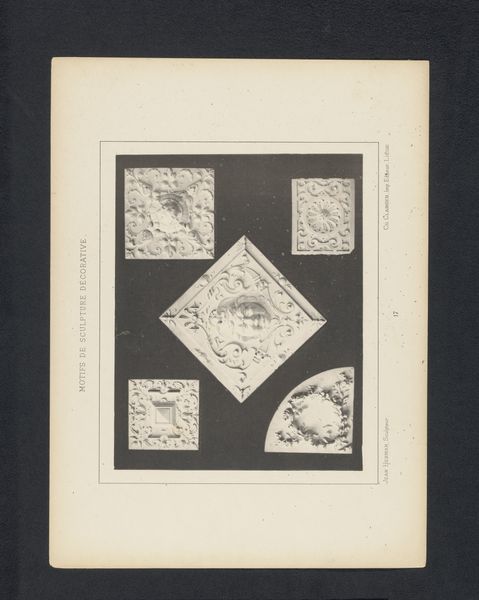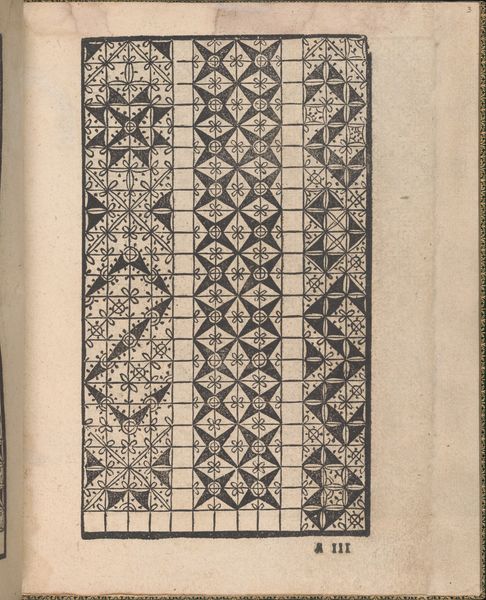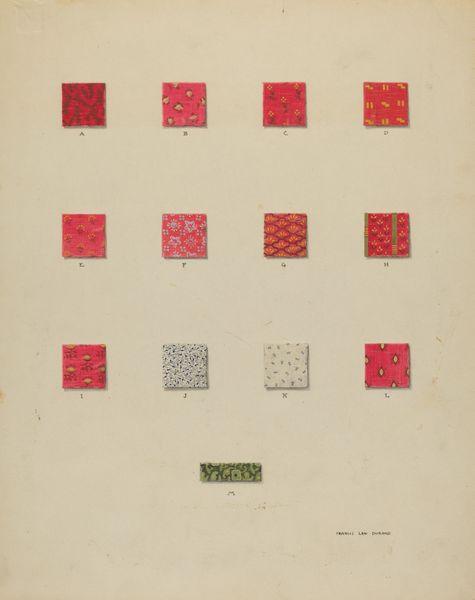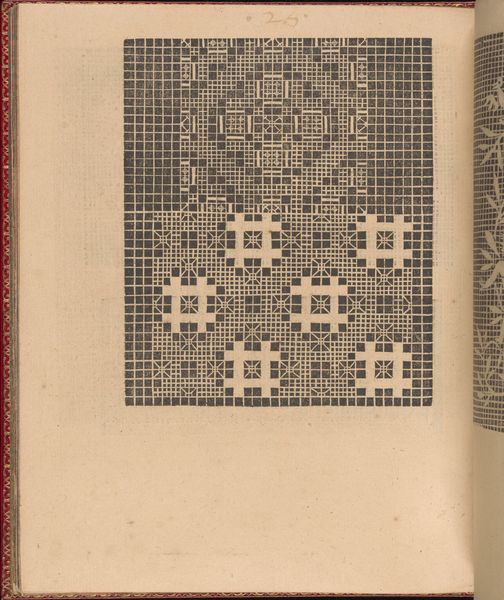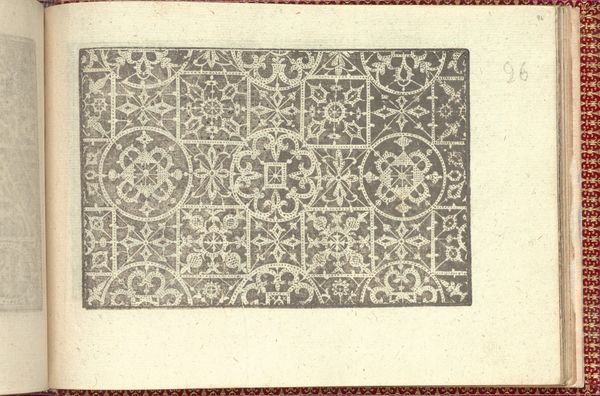
drawing, ornament, paper, ink
#
drawing
#
ornament
#
toned paper
#
neoclassicism
#
paper
#
ink
#
sketchbook drawing
Dimensions: height 220 mm, width 178 mm
Copyright: Rijks Museum: Open Domain
Editor: This is "Vijf juwelen, waaronder twee ruitvormige" by Carl Friedrich Bärthel, dating from around 1800 to 1810. It’s an ink and paper drawing of five jewel designs. They’re quite elegant, in a restrained way, but what catches my eye is how the arrangement on the page seems to almost suggest a secret code. How do you interpret this work? Curator: The designs are neoclassical in style, wouldn’t you agree? Notice the recurring motifs – the oval, the rectangle, the lozenge, shapes revered in that era. They're embedded in our subconscious as symbols of order and rationality, reaching back to antiquity. But what's more evocative is that they were meant to adorn the elite. Do you see the coded language, not just in their arrangement as you suggested, but also within the symbolic vocabulary of adornment? Editor: A coded language? Do you mean that each shape or gemstone would have signified something specific about the wearer? Curator: Precisely. Consider how a diamond, suggesting invincibility and clarity, was purposefully displayed in pendants, necklaces or tiaras. Even the shapes themselves! The symmetry of the designs might represent balance and control, reflecting the wearer’s self-image or societal aspirations. These symbols carry so much history. But what is its emotional resonance today, in our changed world? Editor: I hadn’t considered how powerfully symbols can shape our perception. Thinking about the continuity of these visual codes from antiquity to today is fascinating. Thank you! Curator: Indeed! The echoes of history resonate through these jewels; observing them allows us to reflect on the ever evolving dialogue between object, image and identity.
Comments
No comments
Be the first to comment and join the conversation on the ultimate creative platform.
